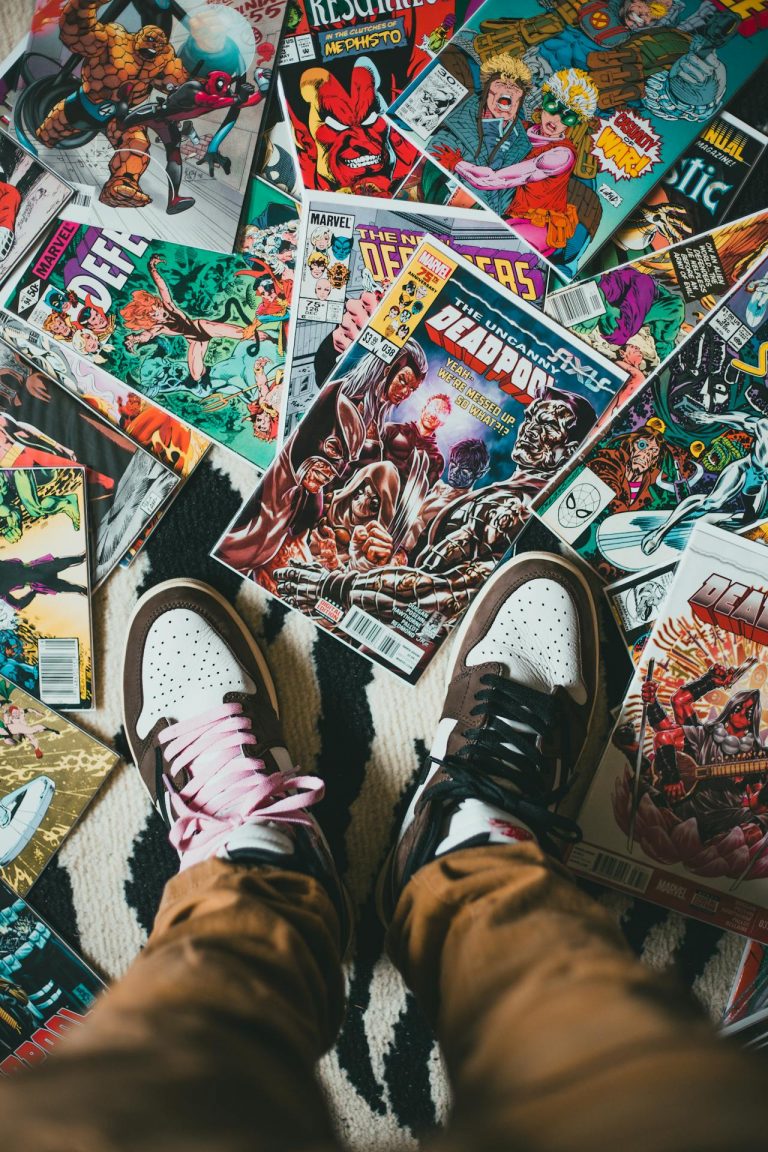How “Lady Bird” Falls in the Trap of White Feminism
Feminist films have become quite the trend in the past decade. Since the feminist movement started gaining massive media attention and traction, Hollywood jumped on the wagon to reap the benefits.
Greta Gerwig’s Lady Bird is a film that often comes to mind when you ask people to name a feminist movie. Despite its popularity, the film does more harm to feminists than supports them.
Feminism as a concept is understood by most of the population as an issue of men against women. However, that is not true. While gender is a crucial aspect of the problem, it is not the only element. It overshadows the overall conversation.
Most white, middle-class women who advocate for the feminist agenda are primarily concerned with issues that impact them directly. Women of color are overlooked in the white feminist movement. These women are underrepresented and discriminated against in various aspects of life, sometimes all at once. But little is done to give them a safe space to voice their concerns and proactively fight against inequality, even in the fictional world.
What Mistakes Does Lady Bird Make?
Lady Bird is an excellent example of a feminist movie that misses the opportunity to further the conversation on feminism and change the current narrative. The story follows Christine “Lady Bird” McPherson, a complicated young woman, as she navigates relationships, womanhood, and life. While the experiences of the character are genuine and refreshing, they are, to an extent, narrow and clichés of the feminist genre.
It is great to see female characters leading their own lives instead of being at the service of their male counterparts. However, the film lacks the representation of women of color and LGBTQ+ characters. Danny is one of the few characters shown to be queer, yet his role is limited to highlighting Christine’s personality and narrow worldview. Danny’s character was barely given respect or attention. He was not much of a person of his own as his character is underdeveloped. He was used as a plot point to transform Christine’s character and further her character arc.
Gerwig had the opportunity to broaden the narrow perspective on queer representation. It was disappointing to see Danny’s story arc, even his coming out, was about Christine in the end. The same can be said about the main character’s father, Larry, who battles depression. Instead of using his character to address mental health as a serious issue, the film focuses on how Christine responds to the situation and how it impacts her life.
Who Does the Film Represent?
The 2017 feminist film is alarmingly white and privileged.
Women in movies are often used as props or plot points to further the male character’s story arc. In this film, every character exists solely to advance Christine’s character. Their actions are almost always a reaction to her.
Christine is surrounded by comparatively less privileged people in many aspects; however, she feels and acts as though she is the only one with existential problems. Characters like Miguel and Shelly are silenced and othered within the frame. The film brings up many intersectional topics relating to race, class, gender, mental health, reproductive rights, etc. but fails to do them justice. Lady Bird’s problems take center stage and overpower the conversation.
As a coming-of-age film directed toward a young female audience, the film provides a platform for white feminists to tell their stories, regardless of who they overstep along with way.
What Does the Film Do Right?
While Lady Bird failed to provide a holistic and inclusive perspective on feminism, it hit the right keys in some aspects.
The main character is apologetically herself and well-developed. She prioritizes herself and is not defined by her relation to any man in he life. Lady Bird’s character breaks many stereotypes about female characters and paves the way for young women to take charge of their life.
The issues the characters face are realistic, relatable, and universal. Although the film depicts young women in an empowering light, it narrates a tale of white privilege. The main character is oblivious to social issues and how her privilege contributes to them. Gerwig attempts to tackle the intersectional problems but only from a distance.
When it comes to social progress, white middle-class women often benefit the most. Women like Gerwig are succeeding, and rightly so, but it is not unreasonable for people to expect them to make space for women from other marginalized groups.




